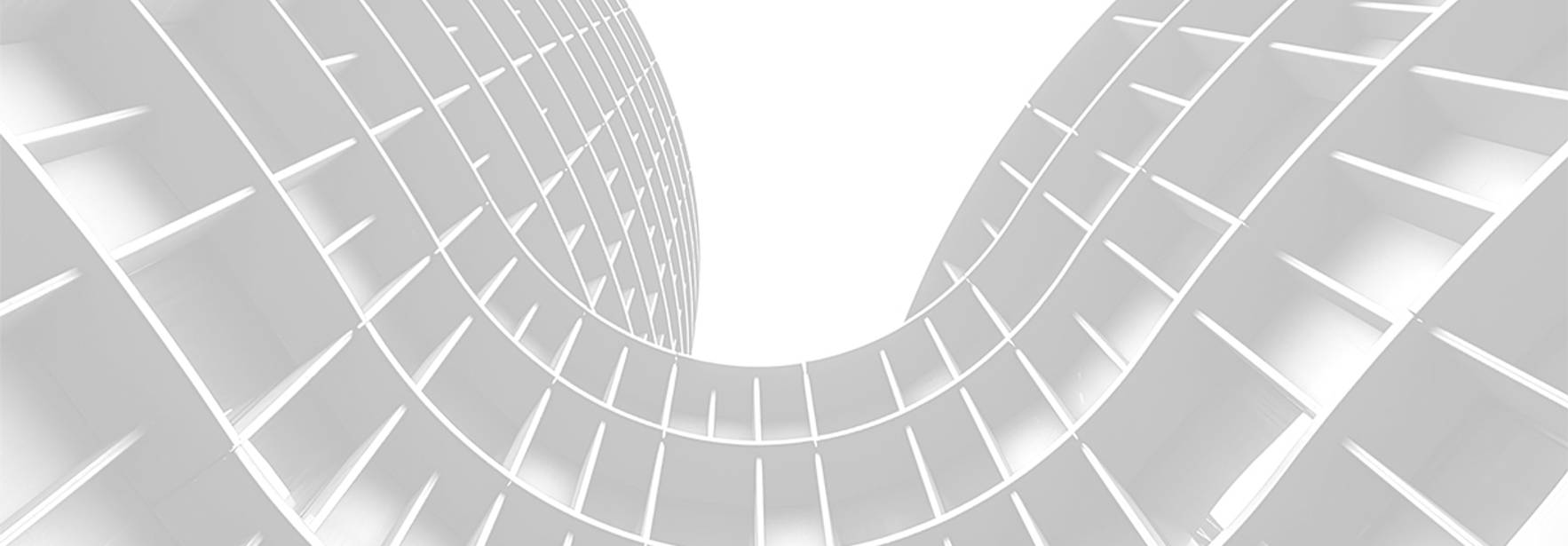The Minimum Legal Reserve Limit in Limited Liability Companies
Introduction
The legal reserve corresponds to an unavailable asset nucleus, compulsorily constituted from a part of the company's profits, the distribution of which to the shareholders is forbidden until the legally required minimum limit is reached. The legislator intended this mechanism to ensure the continuity of the company, its financial soundness and the protection of creditors, acting as an instrument of asset stability and a preventative measure against possible future losses.
Its purpose is twofold:
- Protection of share capital: the distribution of profits is prevented as long as the legal reserve does not reach the legally required amount, guaranteeing a minimum asset base that supports the subscribed capital and ensures the fulfilment of the company's obligations to third parties;
- Strengthening solvency and financial stability: it acts as a buffer against possible losses, allowing the company to absorb negative results without jeopardising share capital, strengthening financial resilience and reliably reflecting the company's economic capacity.
The legal reserve in public limited companies vs. private limited companies
As for the legal reserve regime in public limited companies, under the terms of Article 295(1) of the Commercial Companies Code (CSC), public limited companies must allocate 5% of the net profits for the year to the constitution of the legal reserve, until it reaches 20% of the share capital (which, it should be remembered, has a legal minimum of €50,000).
The legislator allows the stipulation of limits higher than the legal minimum in the memorandum of association, but prohibits any reduction of this limit, considering the protective function that the legal reserve plays in relation to creditors, as well as its importance for the financial stability of the company.
Thus, the legal reserve is set up gradually and systematically, obliging the company to apply a legally established percentage each year until the minimum limit is reached, allowing companies with small initial capital to set up a reserve compatible with their ability to generate profits.
On the other hand, with regard to private limited companies (which, it should be remembered, may have a minimum share capital of €1), article 218 of the CSC adapts, with the necessary nuances, the regime for public limited companies, imposing an absolute minimum limit of €2,500 on the legal reserve.
Thus, even if 20 per cent of the share capital is less than €2,500, the legal reserve cannot be less than the absolute minimum, guaranteeing the existence of a significant and unavailable core asset.
The setting of this absolute minimum reflects the legislator's concern to protect share capital and creditors, regardless of the amount of share capital subscribed.
The divergent interpretation of the minimum limit in Quota Companies
Considering all of the above, the articulation between article 218, no. 2, and article 295, no. 1, both of the CSC, may give rise to some divergence as to the prevalence between the percentage criterion (20 per cent of the share capital) and the stipulated minimum (€2,500), particularly for companies in which the percentage criterion corresponds to a higher minimum amount than legally stipulated.
In these cases, which criterion applies? Should the legal reserve to be set up always have a minimum limit of €2,500, regardless of the value of the share capital? Or if the percentage criterion results in an amount greater than €2,500, is that the minimum limit for the legal reserve?
On the one hand, we are witnessing a position that defends the application of the rule in Article 218 in an imperative manner, ruling out the application of Article 295(1), which implies setting an unchangeable amount of €2,500 as the minimum limit for the legal reserve in private limited companies. This would mean that no matter how large a company's share capital, compliance with the obligation to set up its legal reserve would always be sufficient with the minimum amount of €2,500.
However, this interpretation seems to contradict, to a certain extent, the dual purpose described above.
On the other hand, the dominant position in accounting doctrine and practice is that the figure of €2,500 as an absolute minimum limit is only applicable when 20% of the share capital is less than that amount. In other words, in cases where 20% of the share capital results in an amount greater than €2,500, this percentage criterion should prevail, faithfully reflecting the proportion of the subscribed capital.
Let's see:
- Sociedade X, Unipessoal Lda., has a share capital of €1: the legal reserve to be set up will always be €2,500, even though, if the percentage criterion were used, a legal reserve of only €0.20 could be considered.
- Company Y, Lda., with share capital of €100,000: the legal reserve will be €20,000, rather than the minimum of €2,500, corresponding to the application of the percentage criterion, i.e. 20 per cent of the share capital.
This hybrid regime harmonises the flexibility and reliability of the percentage criterion in companies with higher share capital, with the protection afforded by the absolute minimum in companies with low share capital, thus balancing corporate freedom with safeguarding assets.
Final considerations
To summarise, although we may come across different interpretations, the prevailing view is that, in private limited companies, the legal reserve must correspond to 20% of the share capital whenever this value exceeds €2,500, with the amount of €2,500 acting exclusively as an absolute minimum limit applicable when the percentage criterion would lead to a value lower than this.
This interpretation ensures compliance with the regime for public limited companies, preserving the protection of creditors, the financial stability of the company and the constitution of an unavailable core of assets, without unduly restricting the contractual freedom of shareholders.

